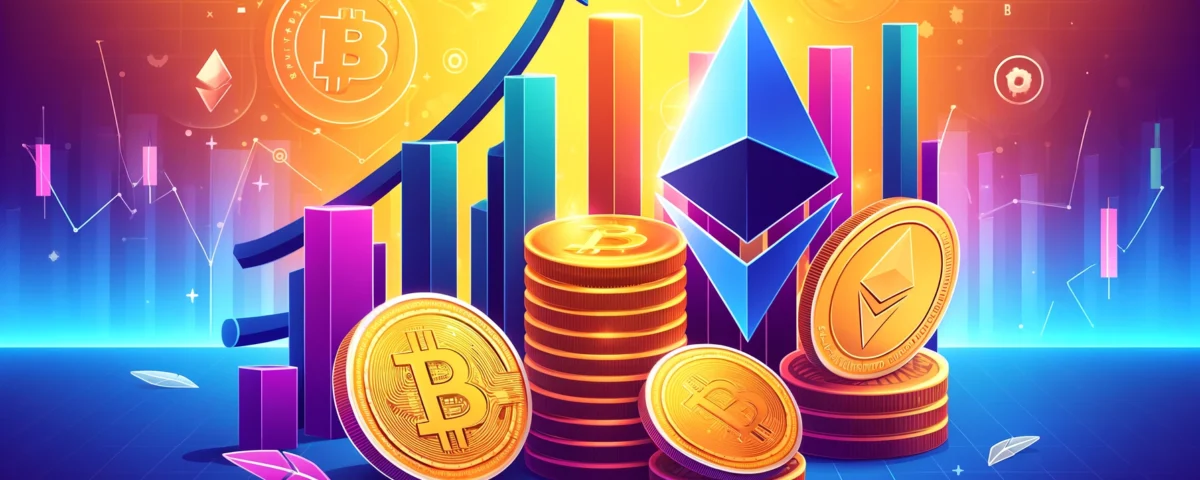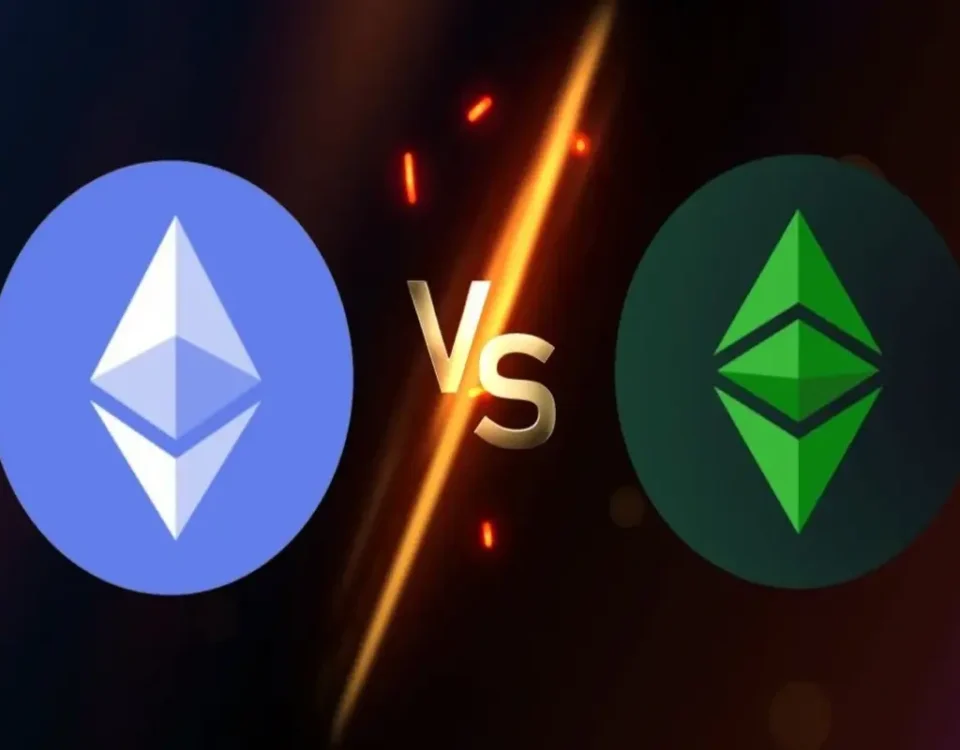
Notcoin (NOT) Rallies 28% in 24 Hours Despite Market Downturn
30/05/2024
Lynn Martin: Bitcoin’s Success is Undeniable
01/06/2024Consensus 2024: Industry Leaders Discuss the Evolution of Digital Asset ETFs
At Consensus 2024, a panel of industry leaders, including Bloomberg’s ETF Research Analyst James Seyffart, delved into the evolution, challenges, and future of digital asset ETFs. The discussion highlighted key themes such as institutional adoption, rapid technological advancements, and regulatory collaboration.

Embracing Innovation in Traditional Finance
Caroline Butler, Global Head of Digital Assets at BNY Mellon, underscored the importance of innovation in traditional finance. “Despite being 240 years old, we’ve continuously innovated, and digital assets are just part of that journey,” she said. Butler emphasized the need for disciplined scalability in managing $47 trillion in assets, reflecting the institution’s commitment to integrating digital assets responsibly.
Institutional Adoption and Informed Decision-Making
Katherine Dowling, Executive Management at Bitwise Asset Management, highlighted the significance of providing thorough research to advisors. “It’s about providing the necessary research for advisors to make informed decisions,” Dowling stated. She also noted the critical role of educating regulators on operational aspects to ensure smooth adoption and compliance.
Rapid Technological Developments
Cynthia Lo Bessette, Head of Digital Asset Management at Fidelity Investments, pointed out the swift advancements within the digital asset space. “Developments happen quickly, and we see interesting ways to deploy this technology,” she said. Lo Bessette also mentioned the success of ETFs as a financial wrapper, offering superior convenience and safety to investors.
Bitcoin ETF Craze and Market Readiness
Joseph Chalom, Managing Director at BlackRock, addressed the growing interest in Bitcoin ETFs. “The success is a win for ETFs as a wrapper, offering superior convenience and safety,” Chalom noted. He discussed the increasing client interest and the readiness of market infrastructure to support these products. Lo Bessette added, “Success is reflected in trading efficiency and client engagement. Institutional and retail demand is strong.”
Unexpected Ethereum ETF Approvals
The panel also discussed the recent Ethereum ETF approvals, which Lo Bessette described as “unexpected but welcome.” She noted that the approval signifies a shift in how the SEC views these assets. Dowling echoed this sentiment, suggesting that political influences might have played a role in the decision. “The disapproval order I expected didn’t happen, indicating political influence,” she remarked.
Regulatory Landscape and Collaboration
The discussion highlighted the importance of regulatory collaboration in driving the digital asset ecosystem forward. “Collaboration has been crucial. We’ve teamed up to compete in the future,” Butler stated, reflecting on the partnerships with regulators to support innovation and growth.
Optimism for Future Digital Asset ETFs
The panelists expressed optimism about the potential for other digital asset ETFs. Chalom reiterated the benefits of ETFs, emphasizing their convenience and safety. He also pointed out the strong client interest and the readiness of market infrastructure.
Conclusion
The discussion at Consensus 2024 concluded with a unanimous agreement on the need for clear regulatory guidelines to support the continued growth and adoption of digital asset ETFs. The panelists’ insights underscored the transformative potential of digital assets in the financial industry and the importance of regulatory clarity and collaboration in achieving this vision.
Links:
Bitcoin
Learning Cryptocurrency
Cryptocurrency Exchange
DeFi
-

What is Blockchain
-

“Exploring Cardano (ADA): A Comprehensive Guide to One of the Leading Cryptocurrencies”
-

Cardano Founder: Crypto Industry Has Outgrown Bitcoin
-

Telegram ‘Mini Apps’ Skyrocket with Web3 Games Adding Millions of Users Daily



